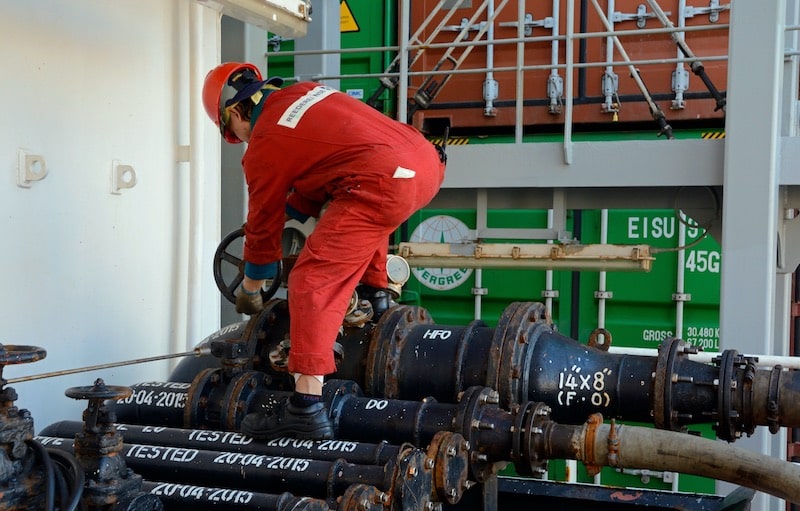When is a seafarer not a seafarer?
Seafarers Face Challenges From Rising Riding Squads

Recent findings from the Seafarers Happiness Index (SHI) have illuminated a troubling trend in the maritime industry: the increasing reliance on riding squads. Originally intended for temporary, specialised tasks, these squads are now frequently used to fill gaps in seafarer staffing, raising significant concerns among maritime professionals. Many crew members express frustration over the presence of these temporary workers, questioning their qualifications and the implications for safety and job security within the industry.
The Impact of Riding Squads on Seafarer Employment
The longstanding practice of bringing temporary contractors aboard ships has been beneficial when executed properly. Typically, Original Equipment Manufacturers (OEMs) or shipyards send skilled teams to address specific projects like repairs or installations. However, issues arise when riding squads extend their stay beyond their intended purpose, often taking on duties traditionally assigned to certified seafarers. According to ITF policy, such squads should not exceed one month on board within a year. The increasing duration of these squads suggests a shift from their original function towards filling regular crew positions, which poses risks to both safety and career advancement opportunities for existing seafarers.
Many crew members have voiced their concerns, stating that while these squads may work diligently, they are not a substitute for qualified reliefs. The absence of certified personnel can lead to dangerous situations at sea and may ultimately jeopardize the integrity of the maritime workforce. As one captain pointedly remarked, the proliferation of temporary workers threatens the development of future maritime professionals, as entry-level positions that typically provide critical career pathways are being occupied by less qualified personnel.
Addressing the Challenges Ahead
The maritime industry’s reliance on riding squads is aggravated by rising seafarer costs and a limited labor pool, leading some operators to bypass essential certification and labor protections. This trend not only undermines the standards of the industry but also places vulnerable workers at risk. Without the necessary training and qualifications, the use of riding squads can compromise the safety of all crew members aboard.
To mitigate this troubling trend, industry stakeholders must take action. Auditors and inspectors must closely scrutinize the deployment of riding squads, ensuring that they are not used as permanent crew substitutes. Port State Control inspectors should verify the duration of these squads’ assignments and take corrective measures when violations are identified. Furthermore, seafarers should be empowered to confidentially report instances where riding squads are performing regular crew duties for extended periods.
The maritime sector relies on well-trained and adequately compensated seafarers. By clearly delineating the roles of temporary workers and permanent crew, the industry can uphold labor standards and ensure the safety and sustainability of maritime operations. As the saying goes, clarity is key — and it’s time to redefine the boundaries of seafarer roles to better protect those who work at sea.
